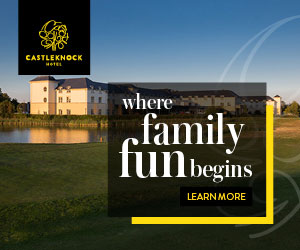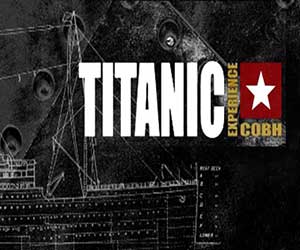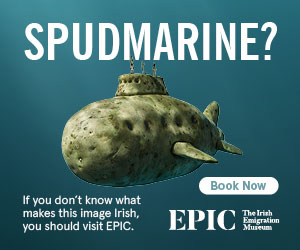Corkagh Pet Farm
The Corkagh Pet Farm has open in the 300 acre Corkagh Park immediately adjacent to the Naas Road about 2km from the village of Clondalkin. As part of the Parks Department’s drive to increase visitor numbers to Corkagh Park and following a recent initiative by the Corkagh Park Staff Partnership Committee, it was agreed to establish an additional visitor attraction in the park to be known as Corkagh Pet Farm . On a site located near the visitor centre and rose garden.
The Parks Department has stock the Pet Farm with a select number of birds for an aviary and provide enclosures for housing a range of farm animals and pets. Local Park Staff have already purchased a number of birds and the necessary food and have shown a great interest in progressing the project. The DSPCA has also provided animals for the farm.
For further information please contact the Parks Depot on 01 4592617
Corkagh Pet Farm Opening Time And Admission
- November, December & January — 5.00pm
February & March — 6.00pm
April & October — 7.00pm
May & September — 8.00pm
June, July & August — 9.00pm
- Children – Free
- Adults – Free
Corkagh Park
One of the most imoprtant treasures of South Dublin is the 300 acre Corkagh Park immediately adjacent to the Naas Road and stretching almost a mile to the village of Clondalkin.
The landscape of the park is typical of estate parkland in appearance, with large open expanses of grassland. Panoramic views through the Park’s flat to gently undulating scenery lead the eye to the foothills of the Dublin and Wicklow Mountains. The landscape is also part of the flood plain of the River Camac, which flows through the park in an easterly direction on its way to the River Liffey. It fed a number of mills in the area which are now in ruins. The adjacent lands contain the ruins of mills which were used for making gunpowder, oil and various other products, and it is intended to redevelop these as well as the walled garden and former courtyards of the demesne as an enterprise and heritage centre.
The original landscape of Corkagh Regional Park, prior to its development and opening in 1986, consisted of large open expanses of rolling grassland punctuated by pockets of mature woodland, stands of mature specimen trees and mature hawthorn hedgerows, dating from the 19th and early 20th centuries. These have been retained as important ecological and landscape features.
Corkagh House & Rose Garden
The former Corkagh house originally started out as a small farmhouse built circa 1650. The house was extended between 1702 and 1714 when a large wing was added to the existing buiildings. the addition had eight bays and a parapeted roof. At a later stage a porch was added to the front entrance of the later wing. In its heyday, Corkagh House contained ten bedrooms, a library, a dining room, drawing room, study and anteroom.
The landscape treatment surrounding the house was suited to a house of this grandeur. A rose garden was located at the back of Corkagh House, with the farm buildings in the background. Approximately south-west of the house is an area which was known as the Cedar Lawn. It is bordered by several impressive Cedar trees and was a poular location for taking tea outdoors, croquet and tennis. A tennis court stood at the front of the house and further out across the lawn was a ‘ha-ha’ – a ditch which prevented livestock from trespassing, while providing an uninterrupted view.
Corkagh Park Playground
Bordering a woodland and stream, the setting is very picturesque and people of all ages visit it for play and picnics. This is a large playground providing play opportunities for both junior (2-6 years) and senior (6-12 years) age groups. It was upgraded in 2006 and now provides many exciting new pieces. Construction of this playground was supervised by the Parks Department SDCC and it is maintained as part of normal maintenance operations of the park.
Corkagh Park Fishery
The ‘put and take’ fishery was developed in 2001. The project is intended to promote angling in the greater Dublin area as a recreational resource for year round appeal to a wide range of people.
Built alongside the River Camac, it comprises two lakes stocked with fish and surrounded with a system of pedestrian pathways. The facility is the first of it’s kind in the Dublin area and in addition to the fishery itself, the facility includes a tackle shop, fishing rod hire, coffee shop, public toilets and an outdoor timber deck and seating area. The facility will be run as a commercial enterprise that will in time develop into an educational and recreational resource.








